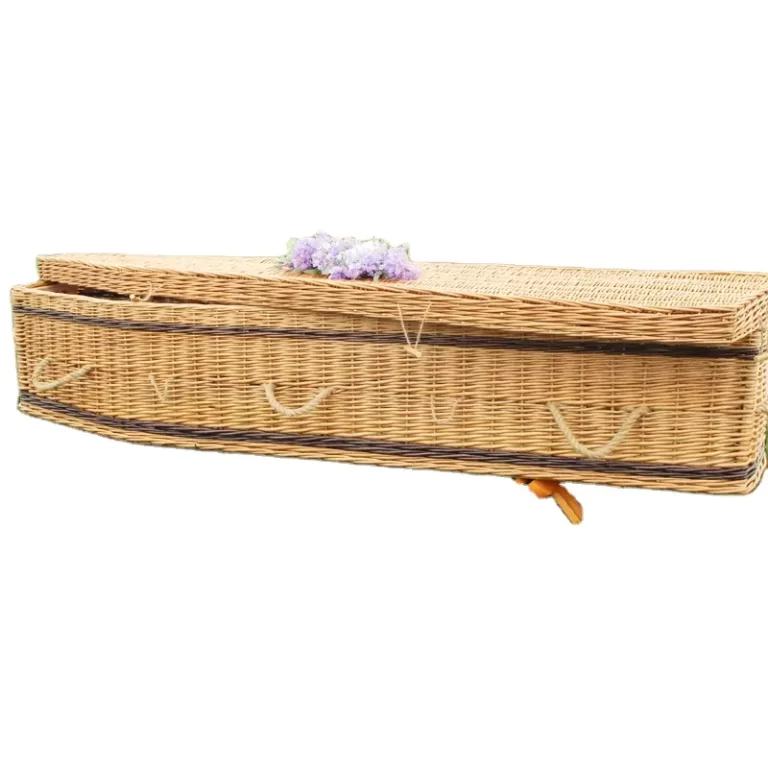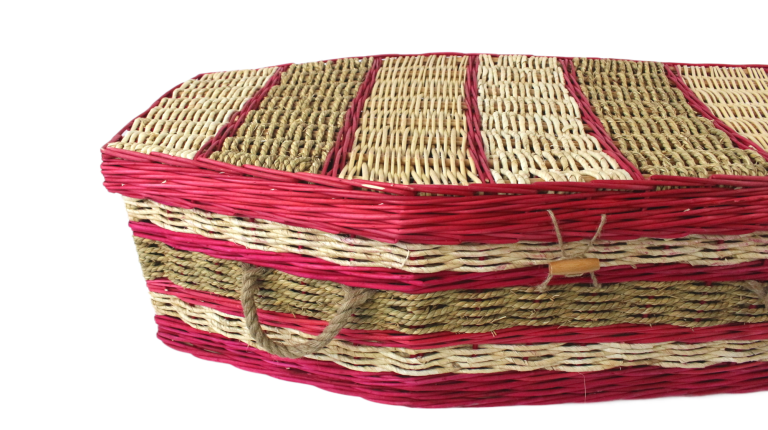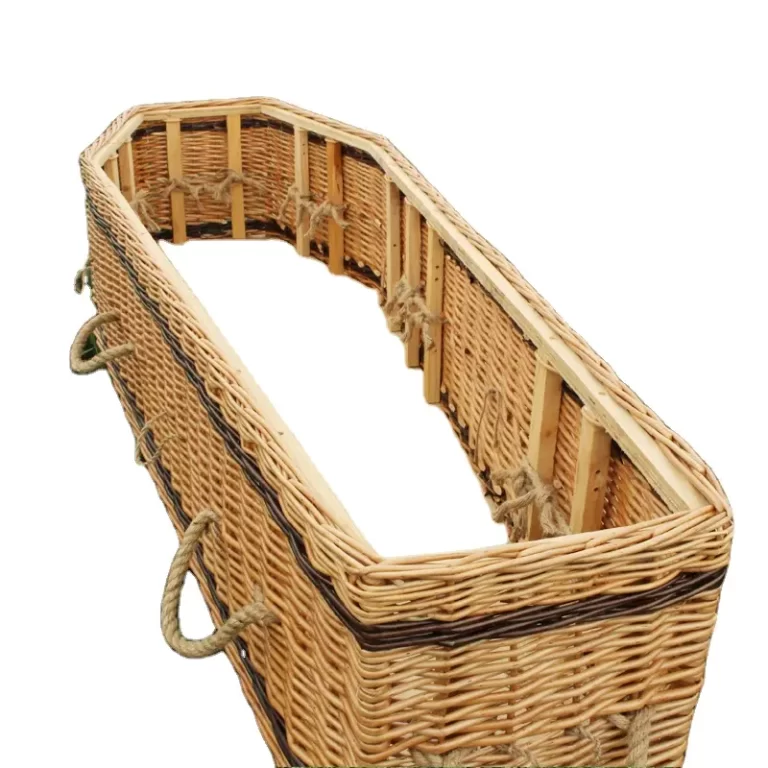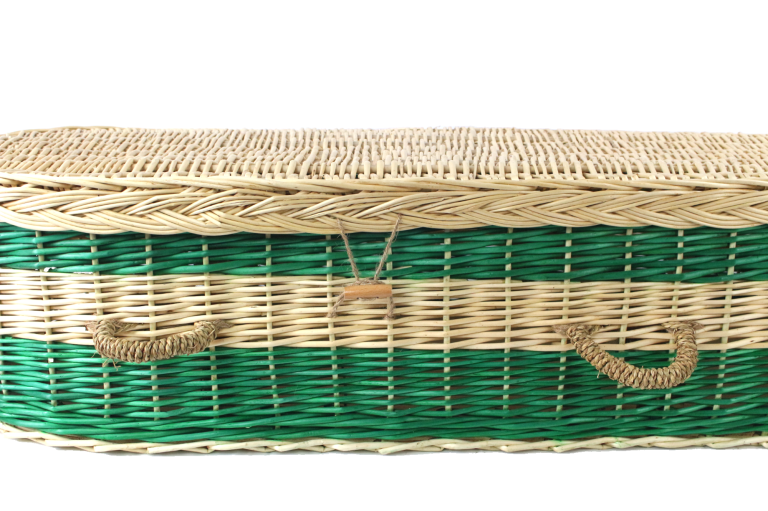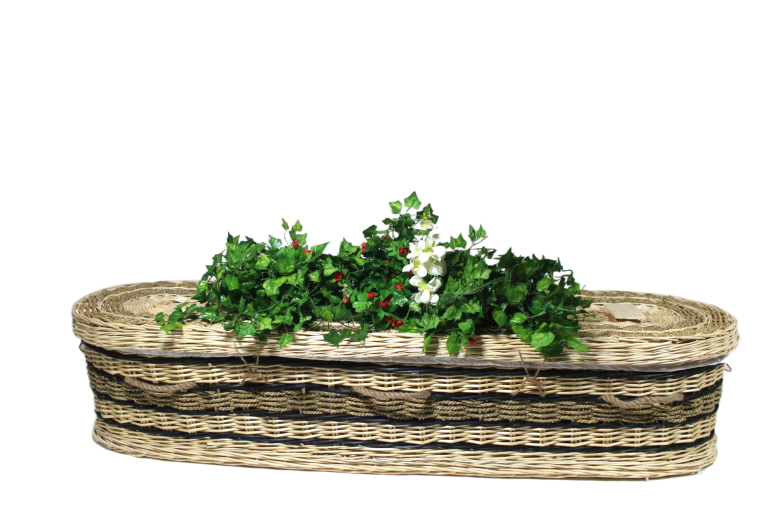When a seedling sprouts from the earth beside the ashes, a plaque engraved with the deceased’s name hangs on the trunk, and roots slowly unfurl in the soil—this isn’t a farewell to death, but the beginning of life re-establishing its roots in the earth in the form of plants. Spanning millennia, from ancient nature worship to modern ecological practices, tree burial culture has always carried humanity’s most authentic vision of “eternity”: allowing the body to transform into nutrients, allowing memories to solidify into growth rings, and allowing life to find another form of continuity through photosynthesis.
1. From Sacred Tree Worship to a Contract Between Life and Death: The Cultural Genes of Tree Burial
The origins of tree burial lie at the very origins of human civilization. In ancient Celtic legend, the oak tree was the “world tree” connecting the human world and the underworld. The deceased’s body was buried beneath an oak tree, allowing the soul to ascend to heaven along its trunk. The Yi ethnic group in my country has practiced tree burial for millennia. Children who died prematurely were placed in wooden boxes and hung from pine trees, believing the tree’s spiritual energy could protect the soul’s reincarnation. The Vedas, a Hindu scripture, state that saints should be buried near banyan trees after death, believing that the banyan’s aerial roots would transmit life energy to the earth.
What these ancient practices share is their understanding of trees as “transformers” of life—both the final resting place of the deceased and the medium of rebirth. The evergreen nature of trees (such as pine and cypress) symbolized immortality, while deciduous species (such as ginkgo) evoked the philosophical concept of reincarnation. This cultural connection between the power of nature and belief in life laid the spiritual foundation for modern tree burials.
2. Modern Tree Burial: Let Each Grain of Ash Grow into a Scenery
Contemporary tree burials retain their cultural core while infusing a more rigorous ecological logic. At the Changqingyuan Columbarium in Beijing, each ashes is placed in a biodegradable urn and buried near the roots of a Chinese pine or arborvitae tree. Families can claim a tree and hang a metal plaque engraved with their name. The park stipulates “one tree per grave,” prohibiting hardened ground and stone tombstones. Over the past 20 years, 300 acres of forest have been cultivated, and each tree’s growth rings hold a life story.
Japan’s “Forest of Life” further embodies this continuity. At Meiji Mori Mori Cemetery outside Tokyo, families can choose to mix their loved one’s ashes with cherry blossoms and bury them in specially prepared nutrient soil. Staff regularly photograph the trees’ growth and create a “life yearbook” to be sent to families. The pink and white blossoms of spring and the golden leaves of autumn serve as a testament to the deceased’s presence. Data shows that this tree burial model reduces Japan’s annual stone consumption by 1,200 tons and saves 800 mu (approximately 1,000 acres) of funeral land.
Germany’s “unnamed tree burial” takes naturalism to its extremes. At an eco-cemetery on the edge of Berlin, the ashes of the deceased are directly mixed into the soil, unmarked except for the coordinates of the trees on a park map. Families seeking remembrance must search the forest for a “tree of memory”—perhaps the distinctive veins on its bark or the lilies of the valley that bloom beneath it. This decentralized design allows life to fully integrate with nature, emphasizing not the pursuit of individual eternity but the humble act of participating in the cycle.
III. Eternity in the Tree Rings: A Warmer Memorial than a Tombstone
The appeal of tree burial lies in its ability to address the human fear of forgetting. Traditional tombstones weather and fade, but the growth of trees is a continuous “memory update.” A Beijing mother adopted a magnolia tree for her deceased daughter and photographs the blossoms every spring. “Watching the buds grow from grains of rice to fist-sized is like watching her grow another year older.” The family of British elder Arthur installed sensors next to the oak tree where he was buried, allowing their phones to receive data on the tree’s growth—”soil moisture 18%, new leaves 3 cm long”—those numbers become a dialogue that transcends life and death.
This form of commemoration is also quietly changing people’s perspectives on life and death. At Wuhan Jiufeng Urban Forest Cemetery, tomb-sweeping services in the tree burial area rarely involve burning paper money. Instead, family members bring shovels to fertilize the trees and prune their branches. One participant said, “I used to think tomb-sweeping was about ‘visiting the deceased,’ but now it’s more like ‘taking care of my family’—she’s in the tree, and the tree is beside me.” When commemoration shifts from “paying tribute to the past” to “participating in growth,” death becomes no longer a final destination, but a continuous engagement with life at a different pace.
From the Yi people’s pinewood hanging coffins to Berlin’s nameless forest, tree burial culture has always addressed a single ultimate question: How can we bid a proper farewell to this world? The answer may lie in the growth of trees—not occupying a single inch of permanent land, not consuming a single non-renewable resource, but simply embracing the soil with their roots and kissing the sunlight with their branches and leaves, allowing life to gently return from “individuality” to “nature.” As the final rings carve the traces of time, stories of love and memory have long since flown down the trunk, merging into the cycles of wind and stars.
We are a factory that supports environmentally friendly, green funerals (natural willow coffins, bamboo coffins, etc.). For more information, please contact us at www.phoenixnestcoffins.com;
Phoenix Nest (Shandong) Crafts Co., Ltd.
https://phoenixnestcoffins.com/
Whatsapp: +86-18265103836 (Whatsapp & Wechat & Tel.)
Email: jason@phoenxinestcoffin.cn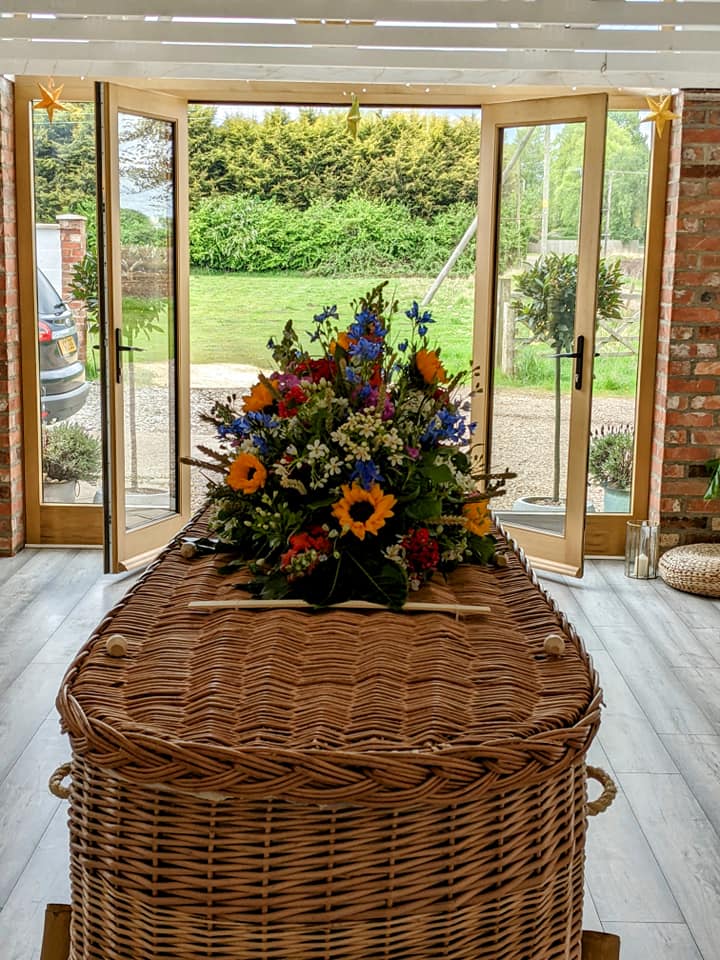 phoenixnestcoffinsThese “green” caskets are made of natural materials such as bamboo, willow or cotton. They’re excellent for people who want to be eco-friendly @everyone@followers
phoenixnestcoffinsThese “green” caskets are made of natural materials such as bamboo, willow or cotton. They’re excellent for people who want to be eco-friendly @everyone@followers

